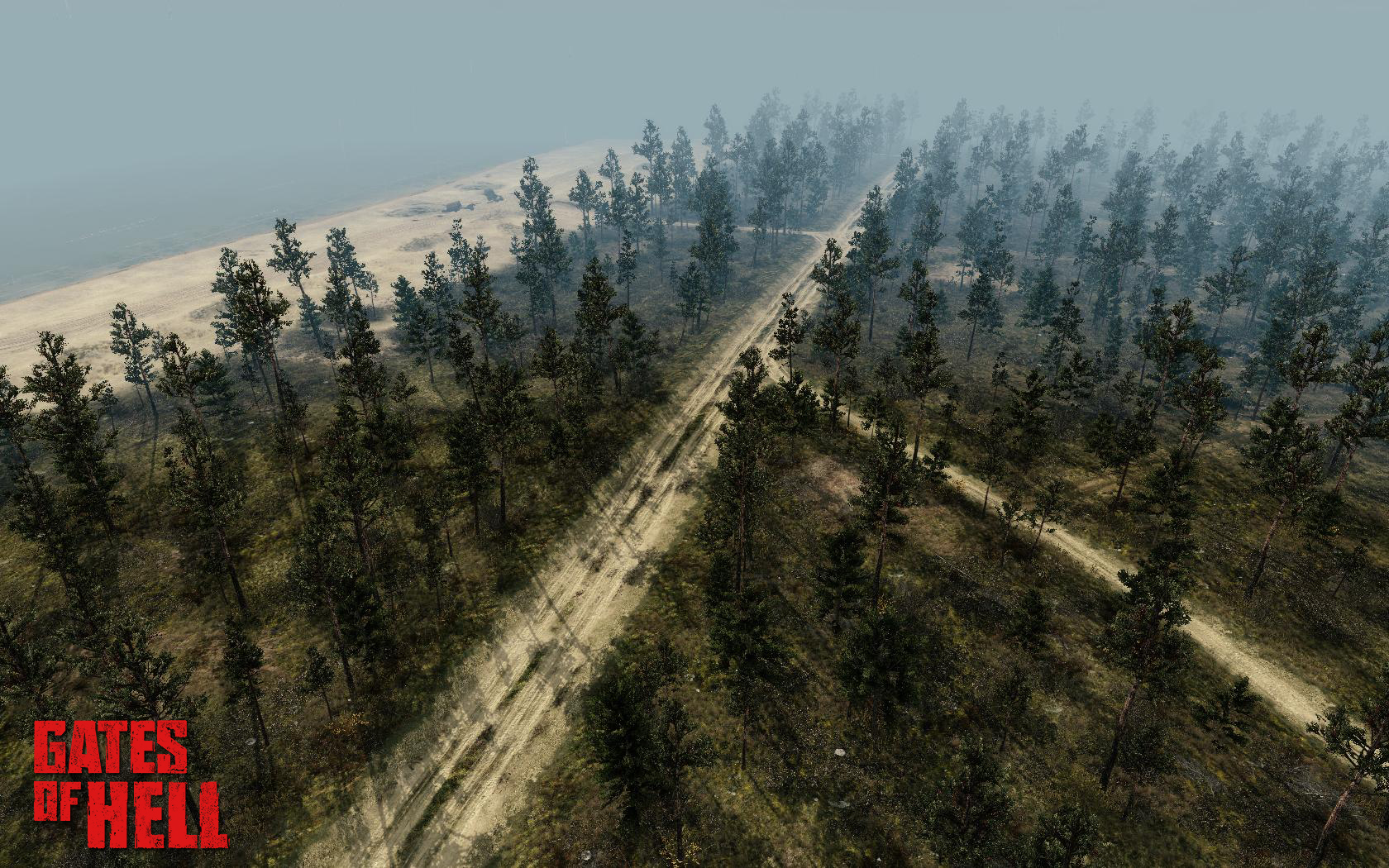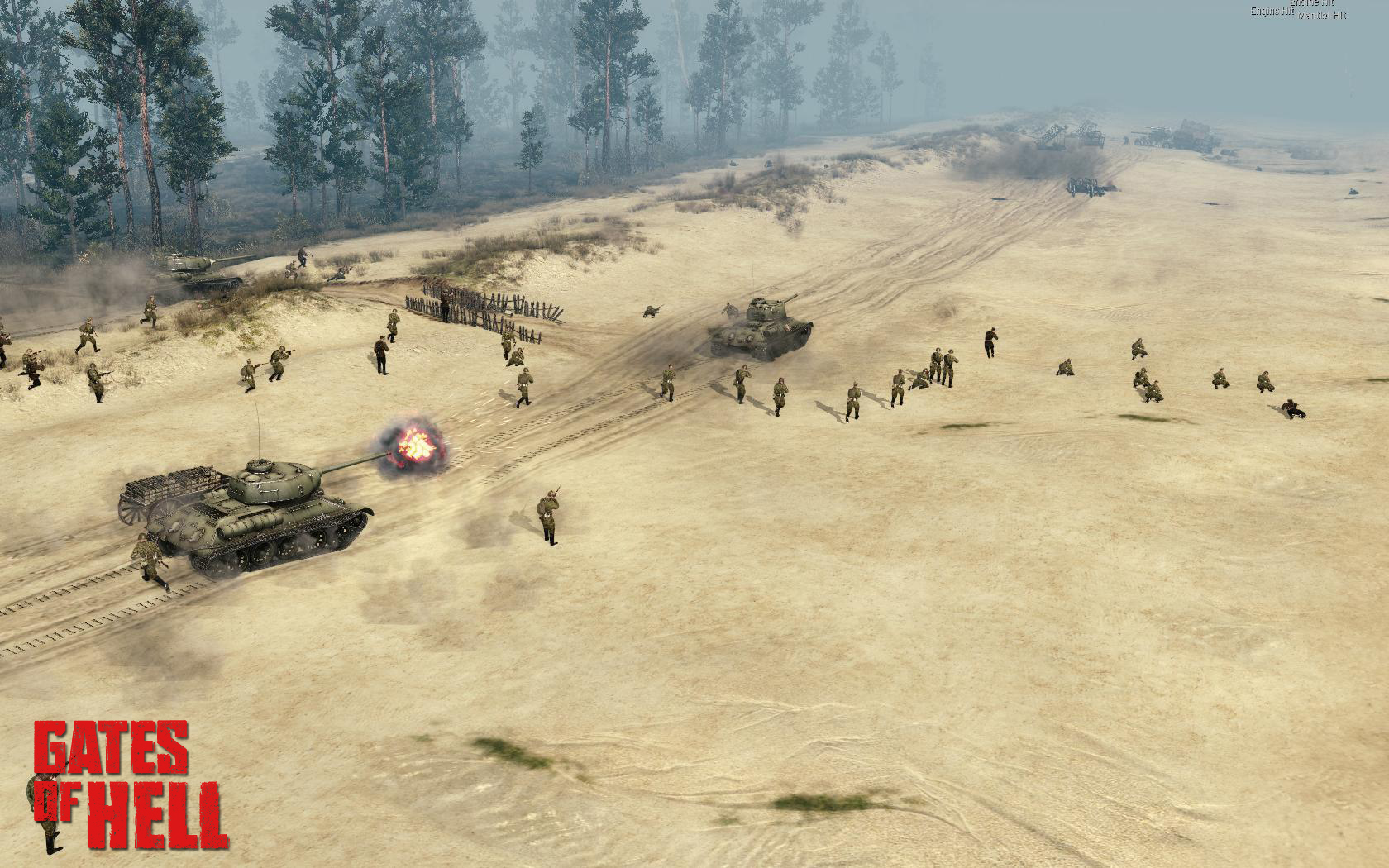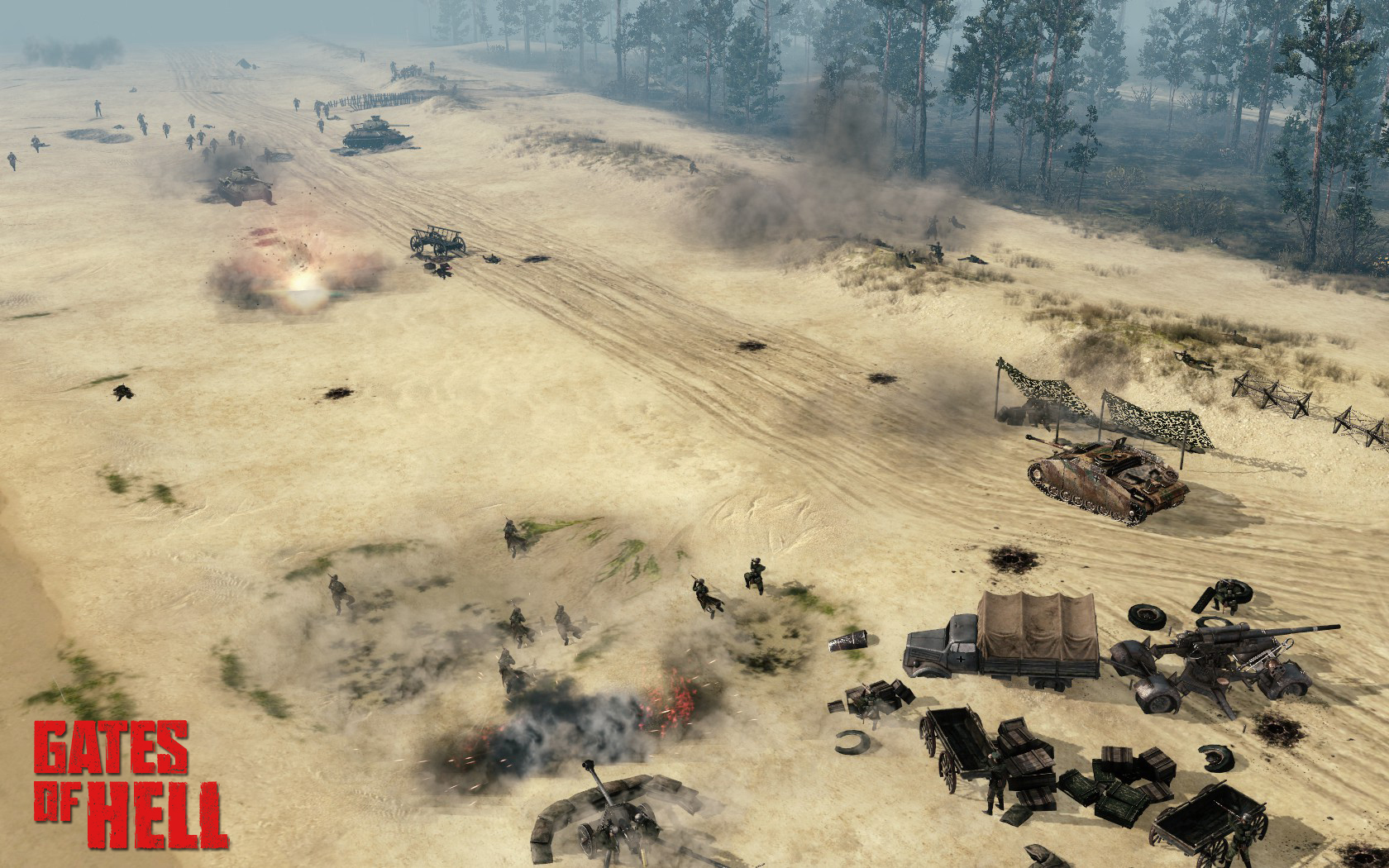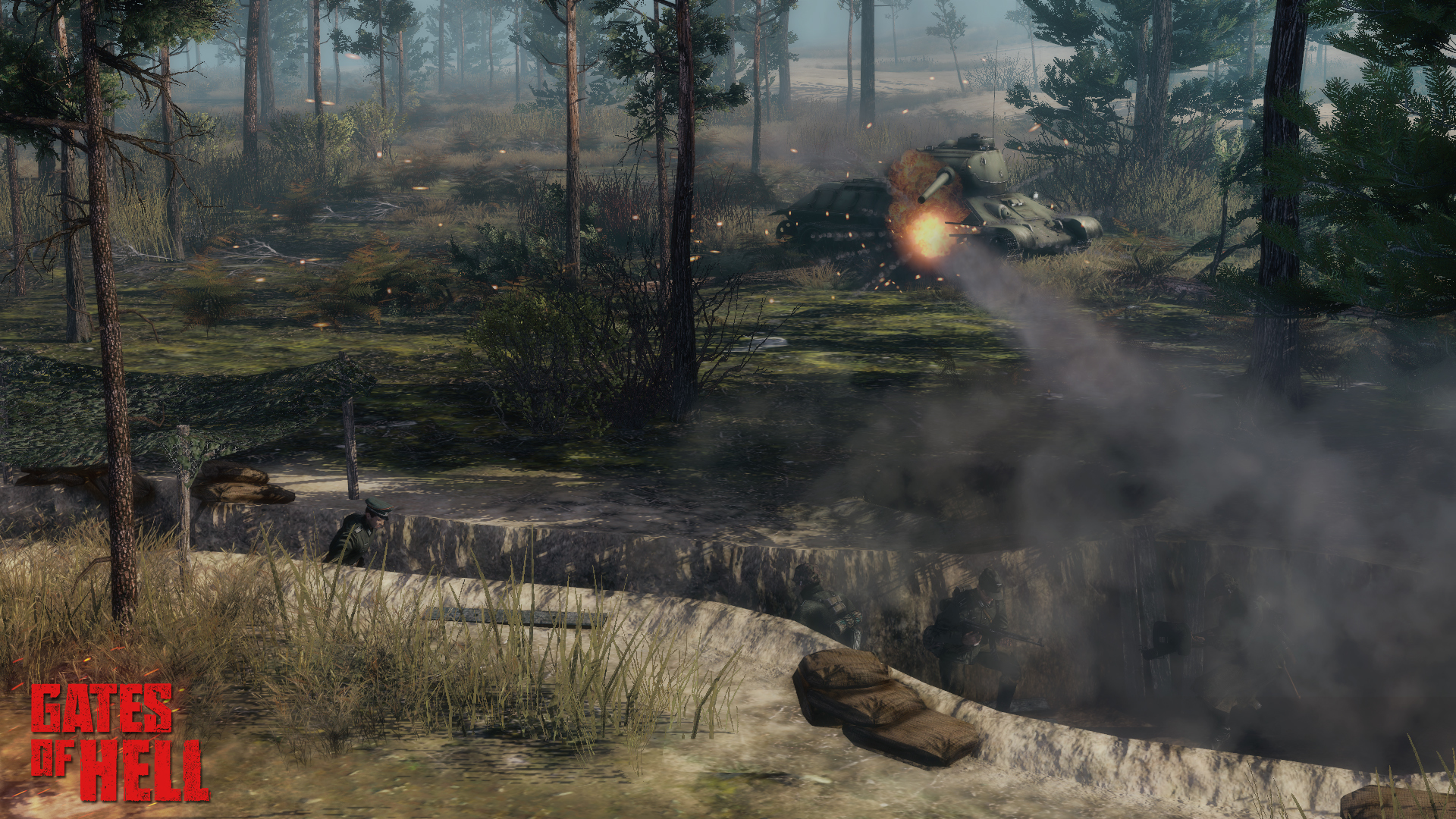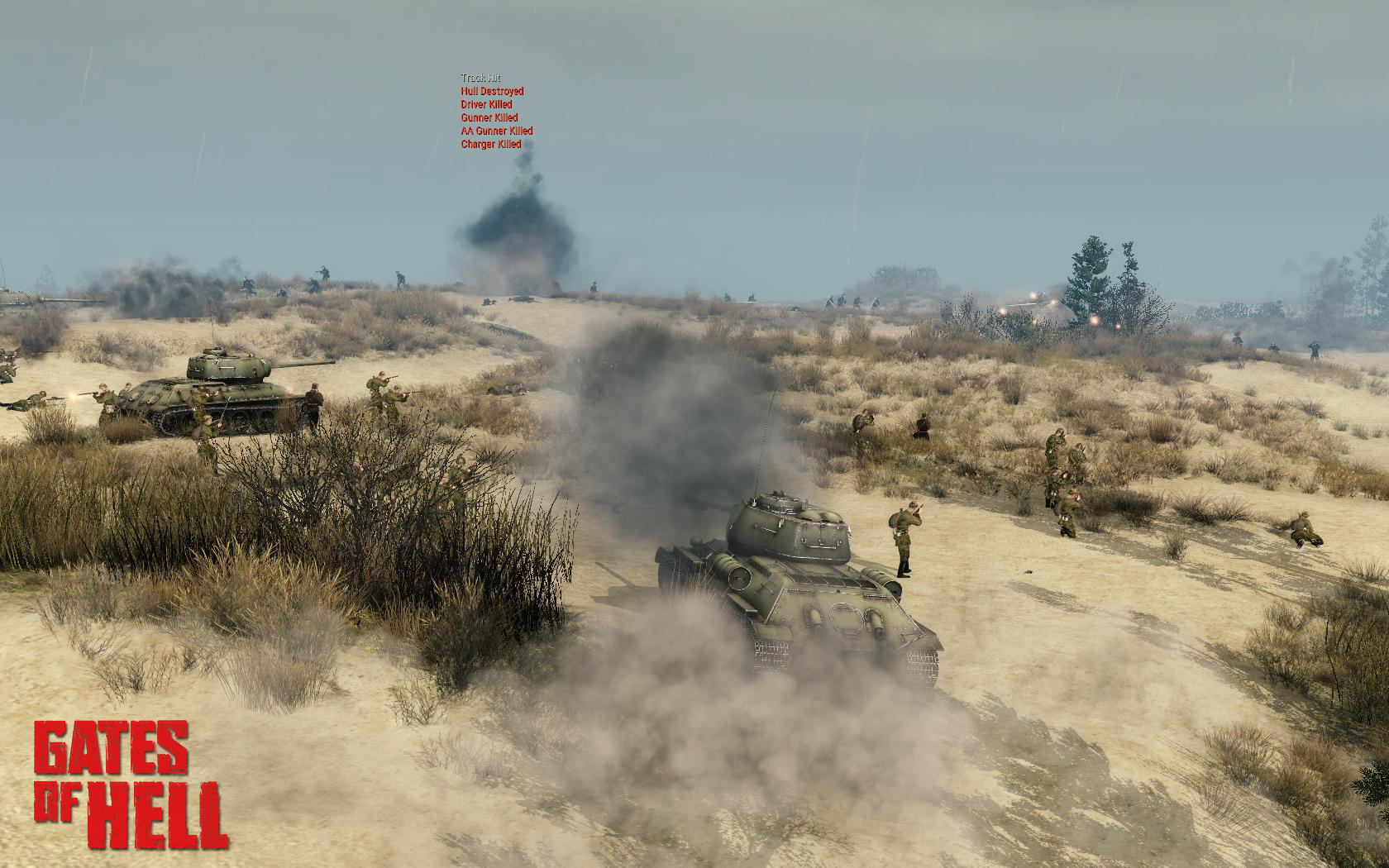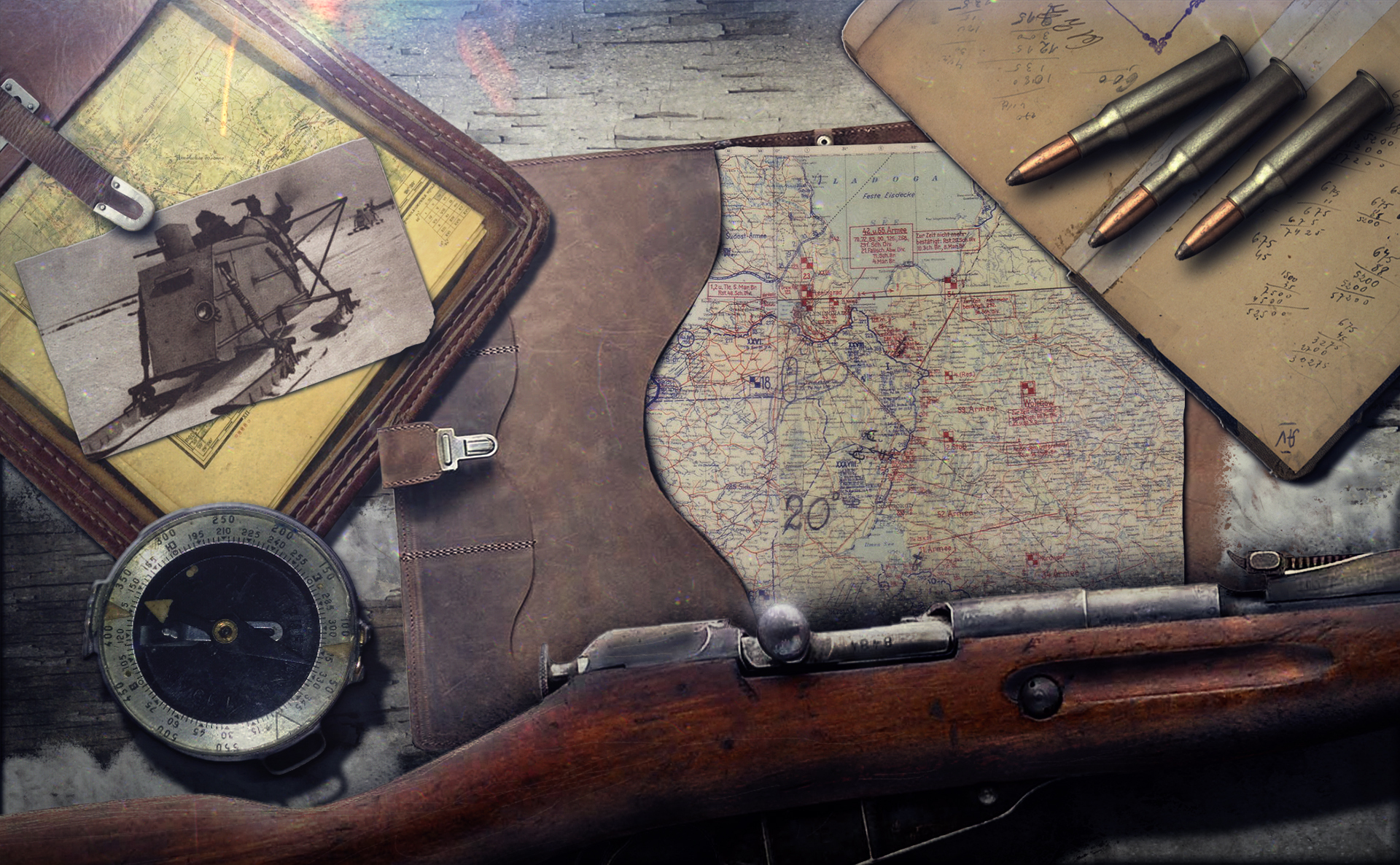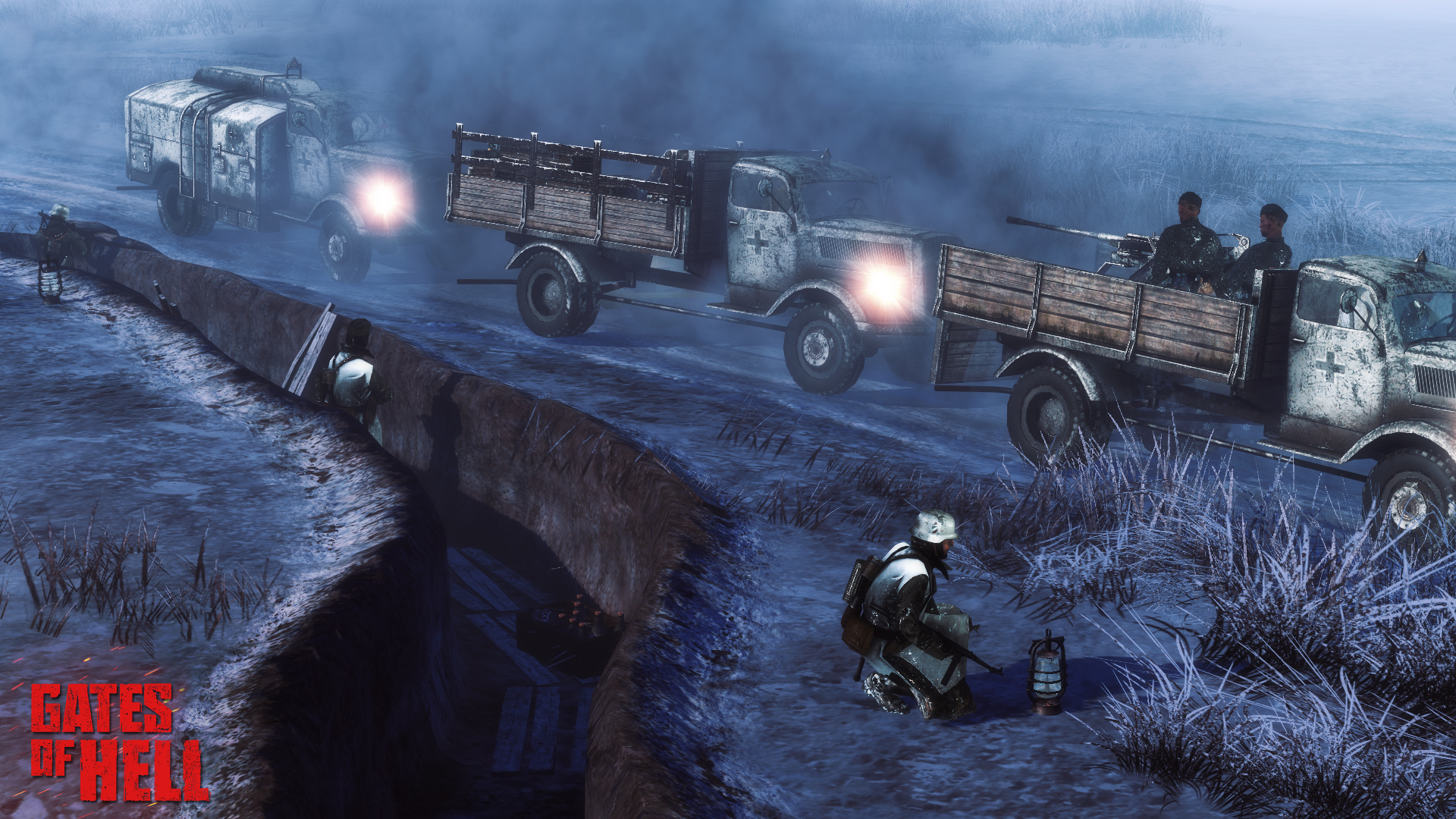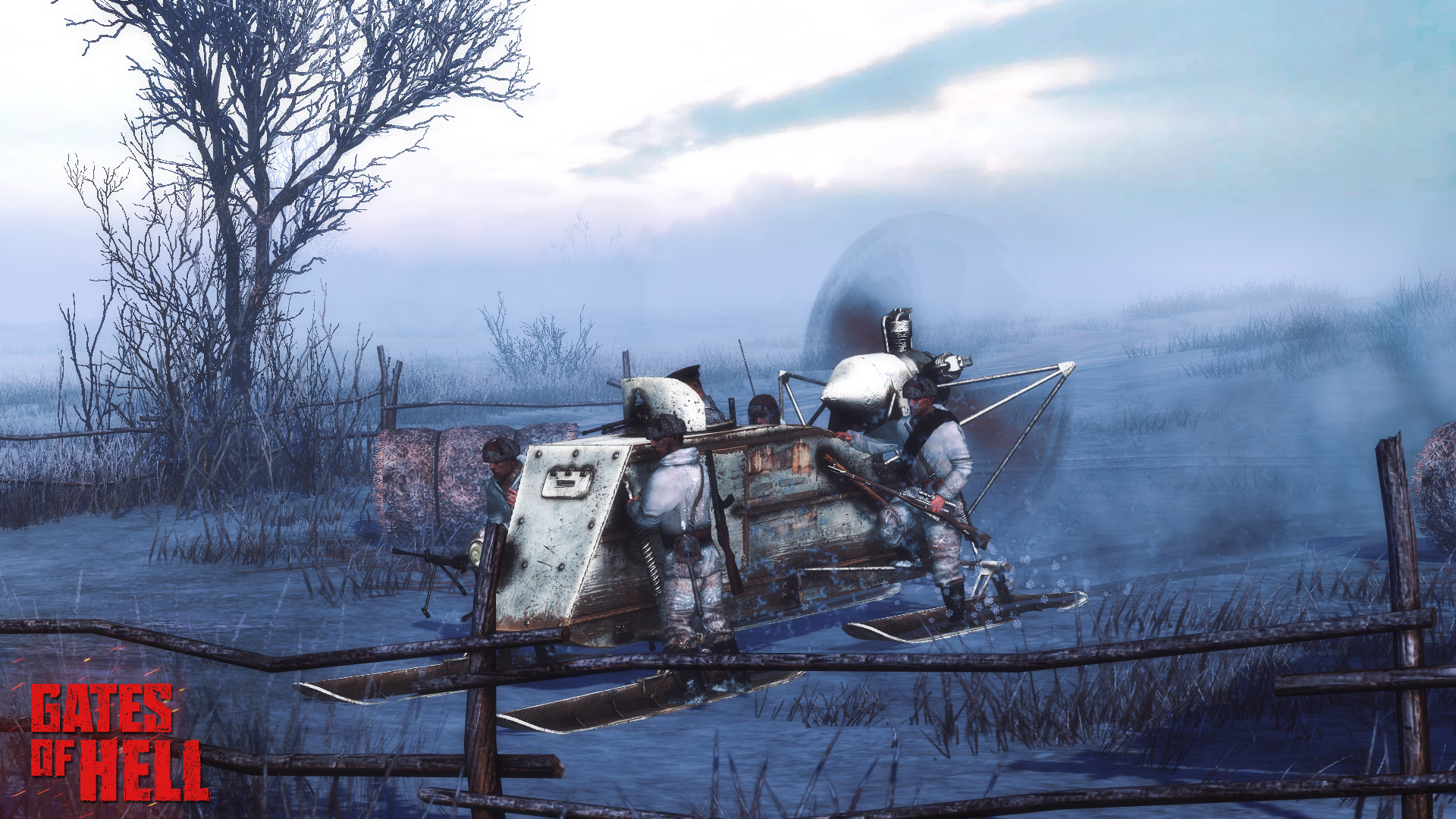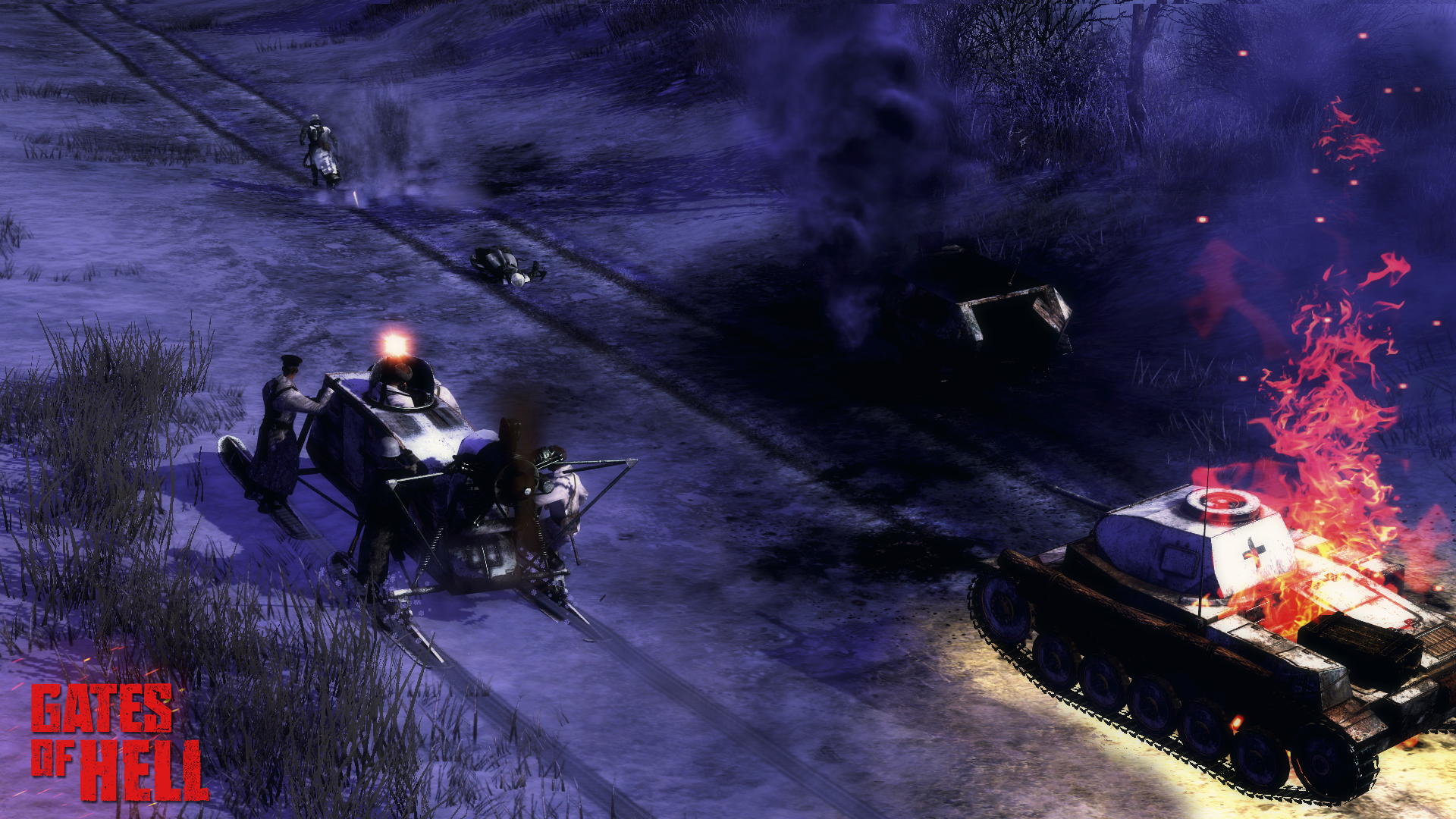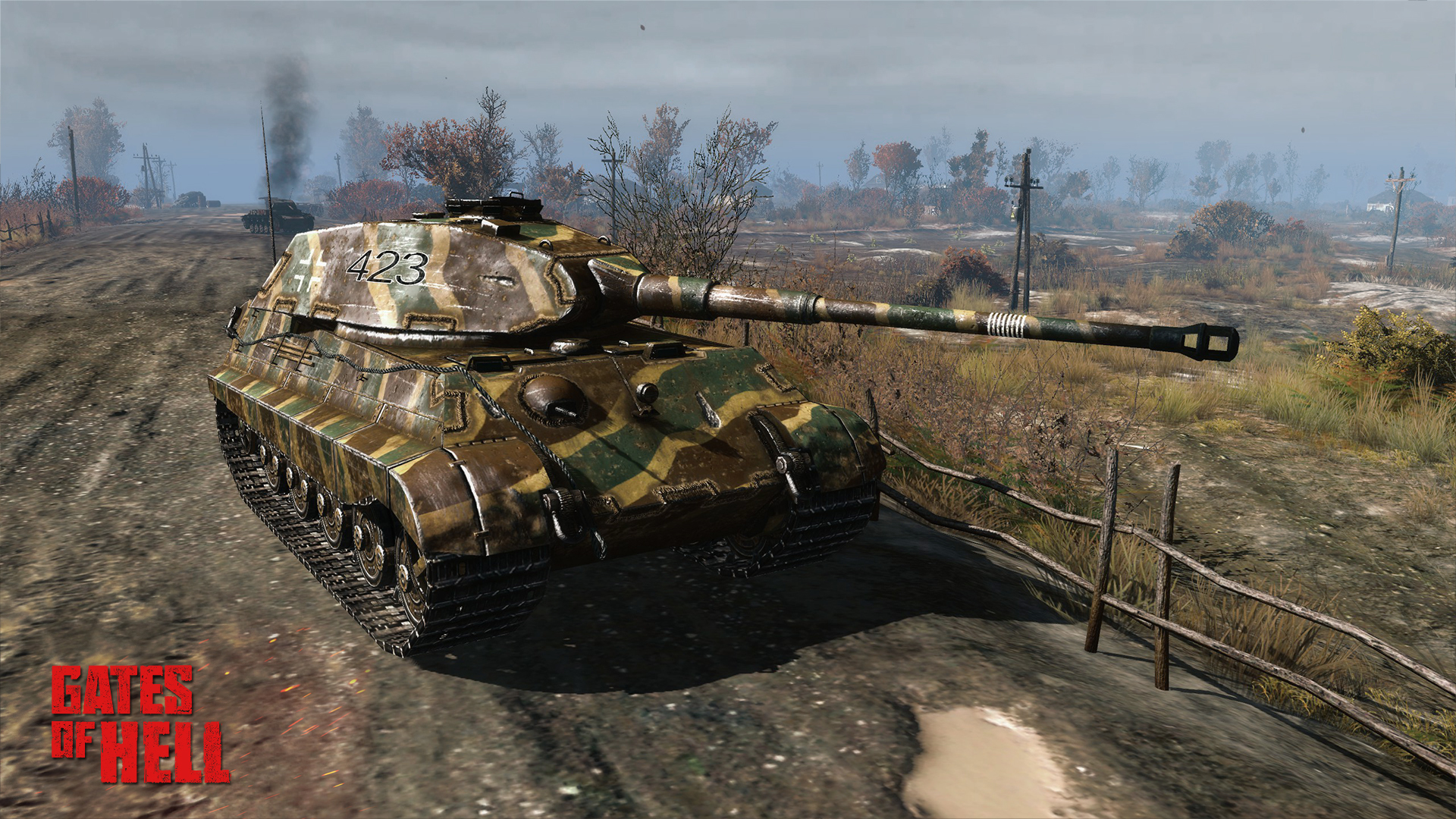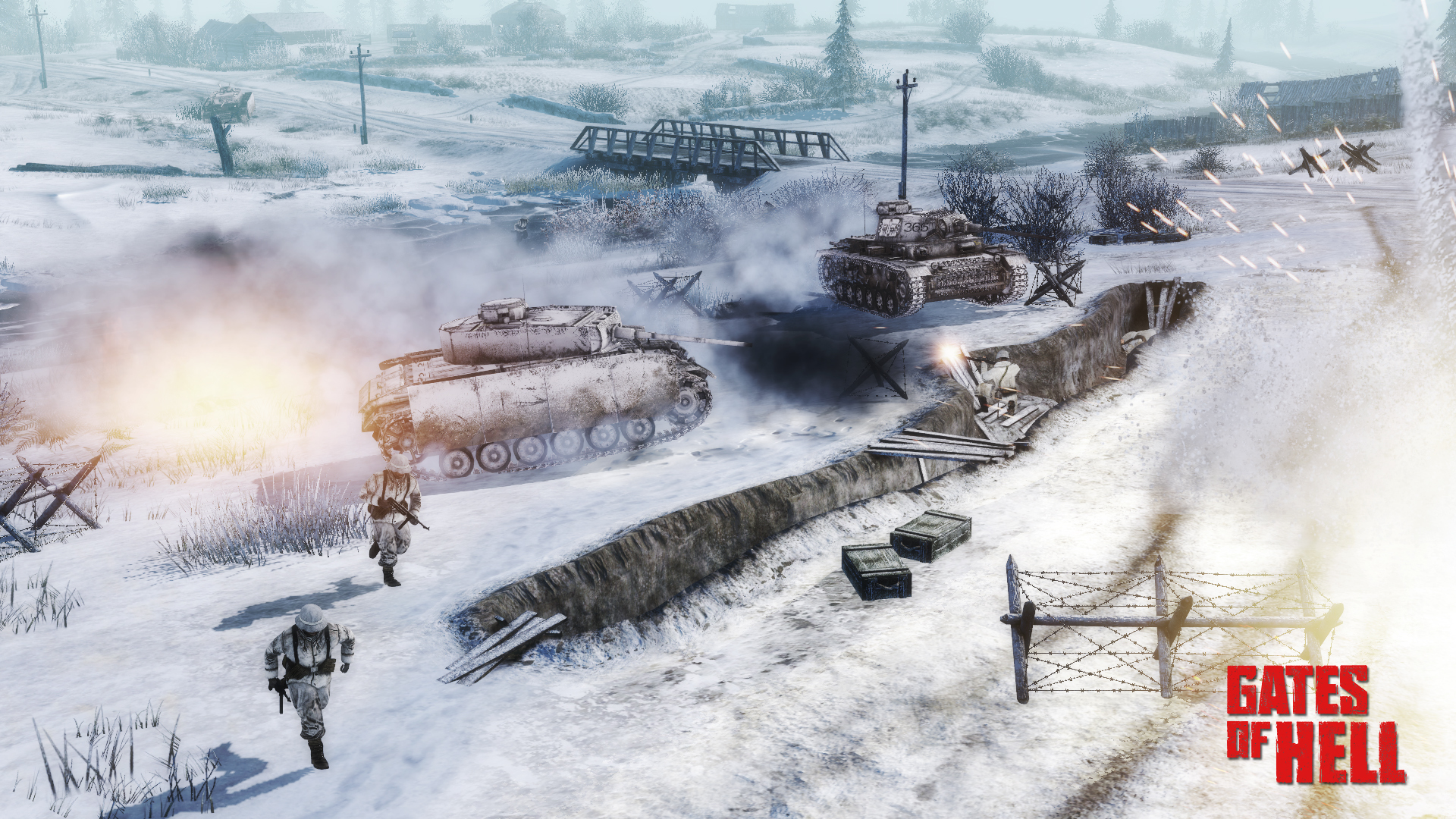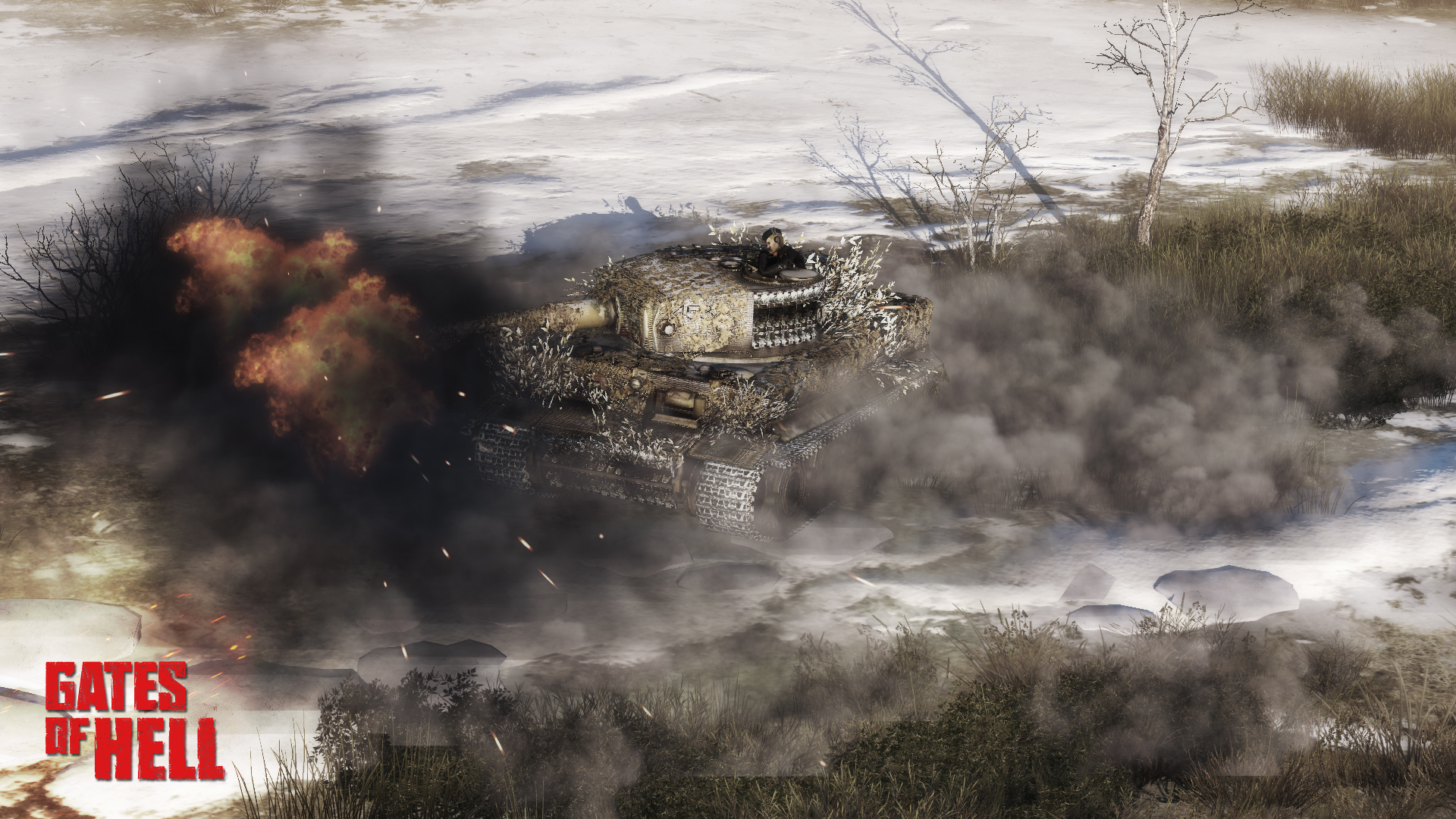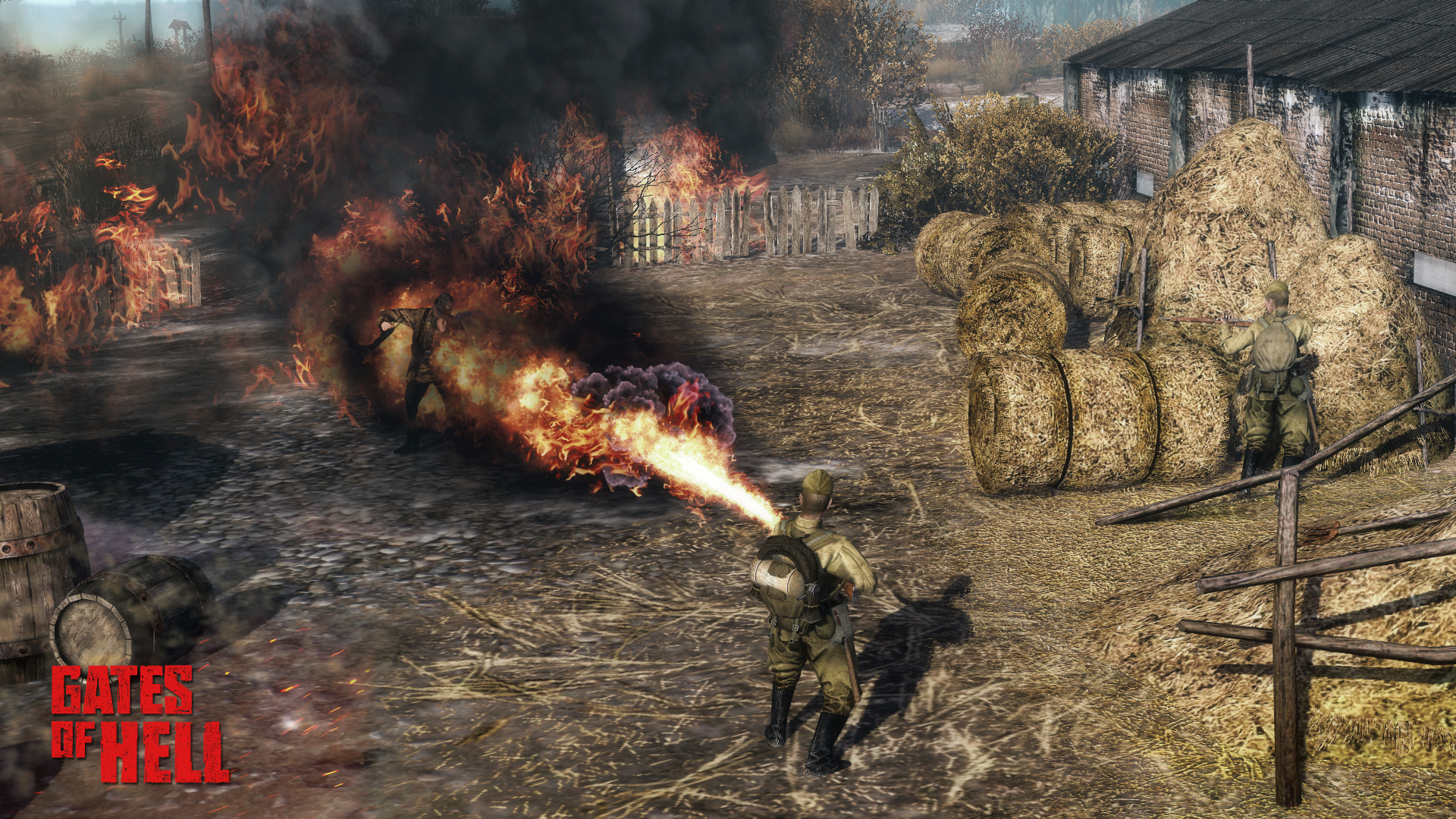Devbog #73 - “It’s not rocket science, Part 1”
New objects & big news!
Hi everyone, here we are with some new stuff we want to show you, and also we have an announcement to make. Things are getting closer and closer to being finished and the excitement is going up slowly but surely.
First, let’s have a look at a specific piece of weaponry: the Nebelwerfer 41. Let’s start with a bit of history.
“Nebelwerfer” is the generic German name for this type of weapon. Some sources state that the name was given to it because it’s rockets created dense smoke trails that could be seen for miles. This is not true; it’s because of the original (main) task of laying smoke screens that these specialist units had. In the campaign in France for instance, successful Nebelwerfer smokescreens blinded enemy artillery observers on several occasions when German troops were crossing rivers or attacking sections of the Maginot Line.
Before 1941, the “Werfertruppe” had two models of the 10 cm Nebelwerfer at their disposal (the 35 and the 40). The collection was expanded by a new model in the summer of 1941, which was not a 10cm but a 15cm “Werfer”, which was named Nebelwerfer 41 in accordance with the then current naming convention in the German army.
It was intended for firing 2 types of rockets; smoke and HE. Eventually, the units were used almost exclusively to fire HE rockets.
There were 5 regiments of rocket artillery when operation Barbarossa started, “Werferregiment” 51, 52, 53 and 54 and the “Werfer- Lehr- Regiment”. These served in close support, right at the front line. They provided a dense bombardment and were quite effective; German army commanders liked the weapon very much. Notable battles where the Nebelwerfer played a role were the battle at the Stalin line and the Perekop isthmus, both in 1941. Its characteristic loud noise made British & American soldiers call it “Moaning Minnie” when they opposed them in Africa and Italy.
The Nebelwerfer 41 stayed in production until the war’s end.

In Gates of Hell we will have a completely new Nebelwerfer 41 for you.
What’s new about this one?
Well, as you know by now, the rockets used for this weapon left dense smoke trails that could be seen far beyond the normal line of sight. This will also be true in GoH.
Also, it will feature a support at the front to stabilize the Werfer before it can be fired.
It’s crew will duck & cover their ears when the weapon is being fired, to avoid going deaf with the astonishingly loud noise.
This is how it looks (by the way, everything you see in our blogs and on facebook & VK is work in progress):
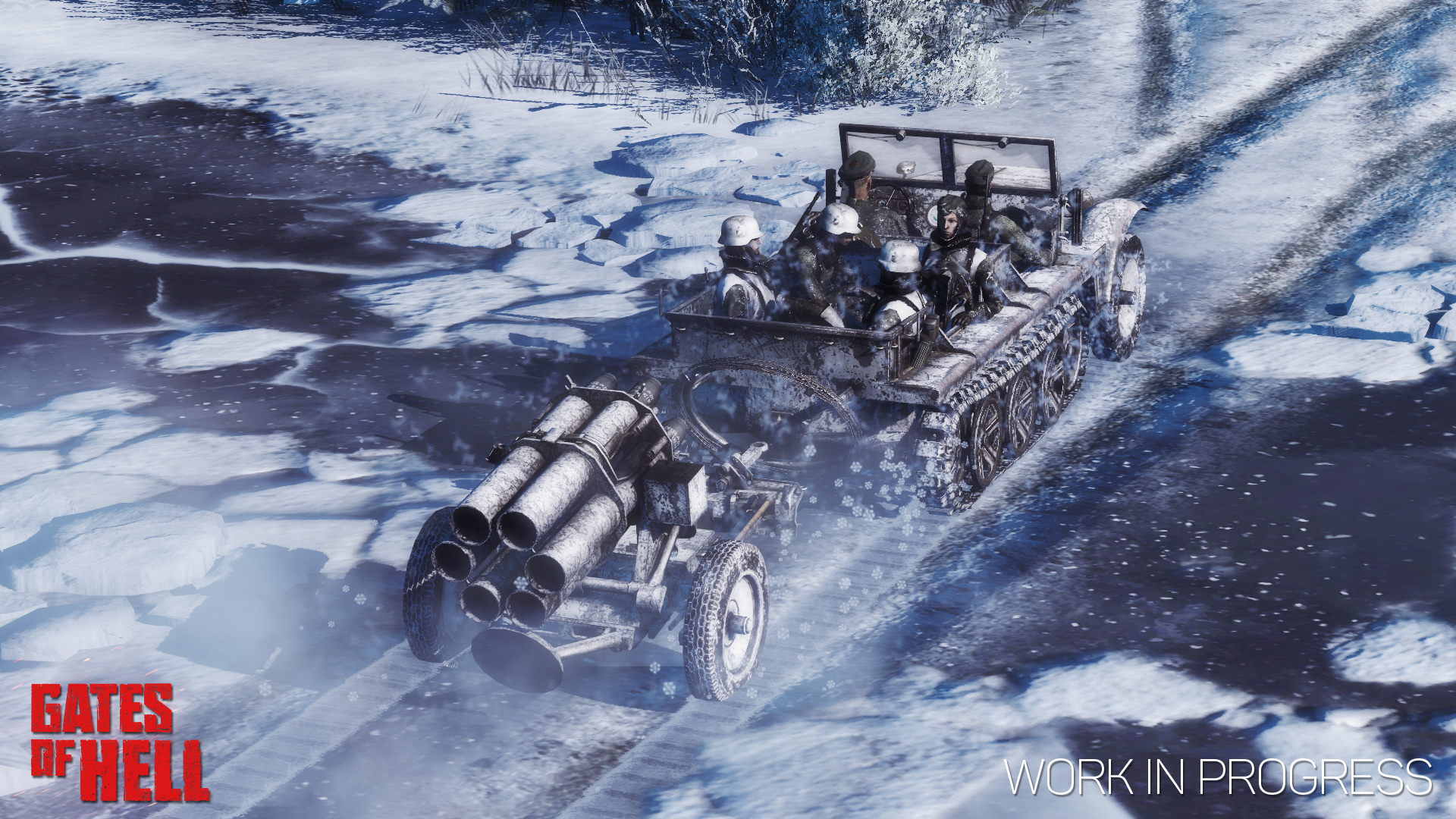 HD Link
HD Link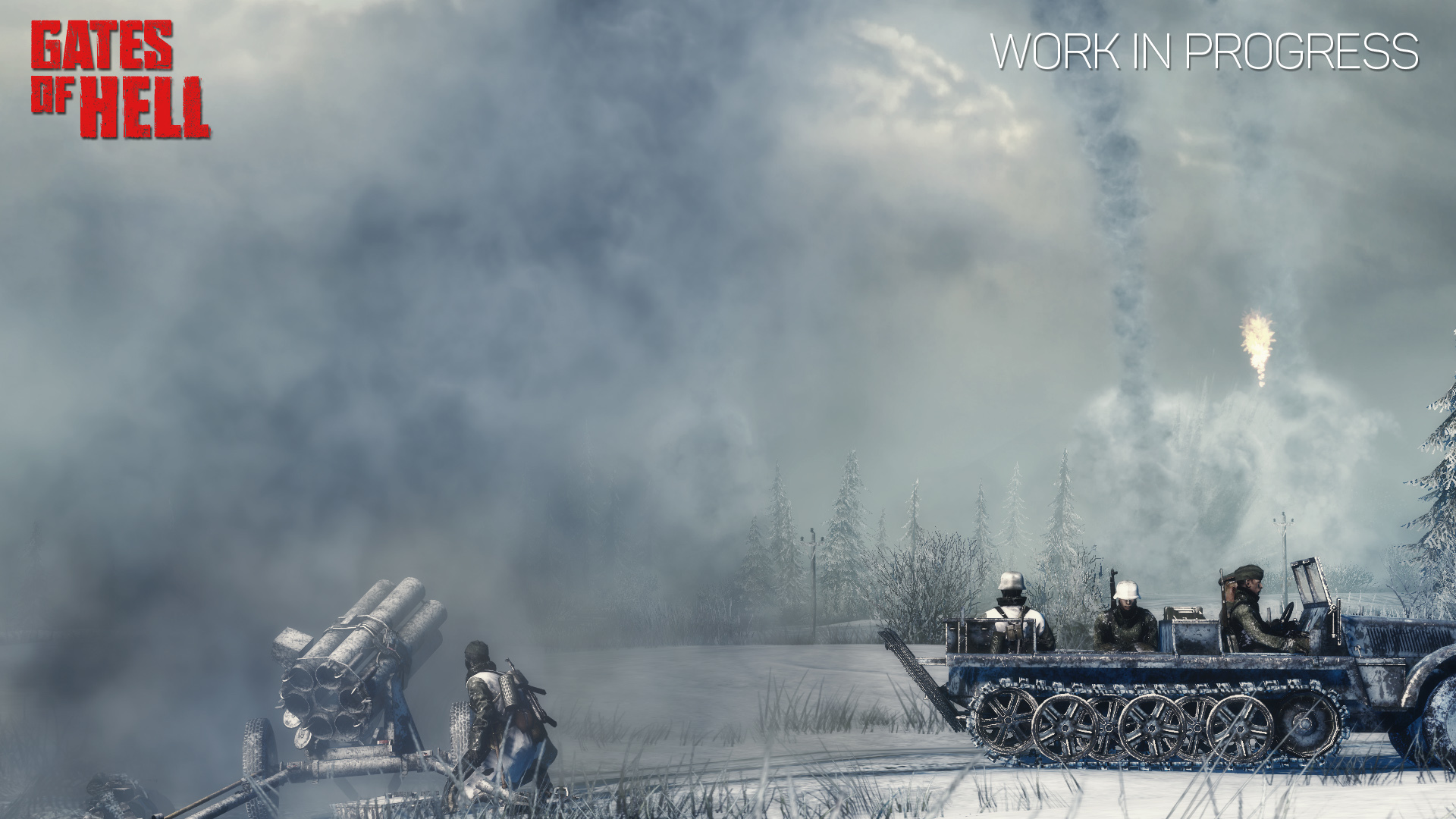 HD Link
HD Link HD Link
HD Link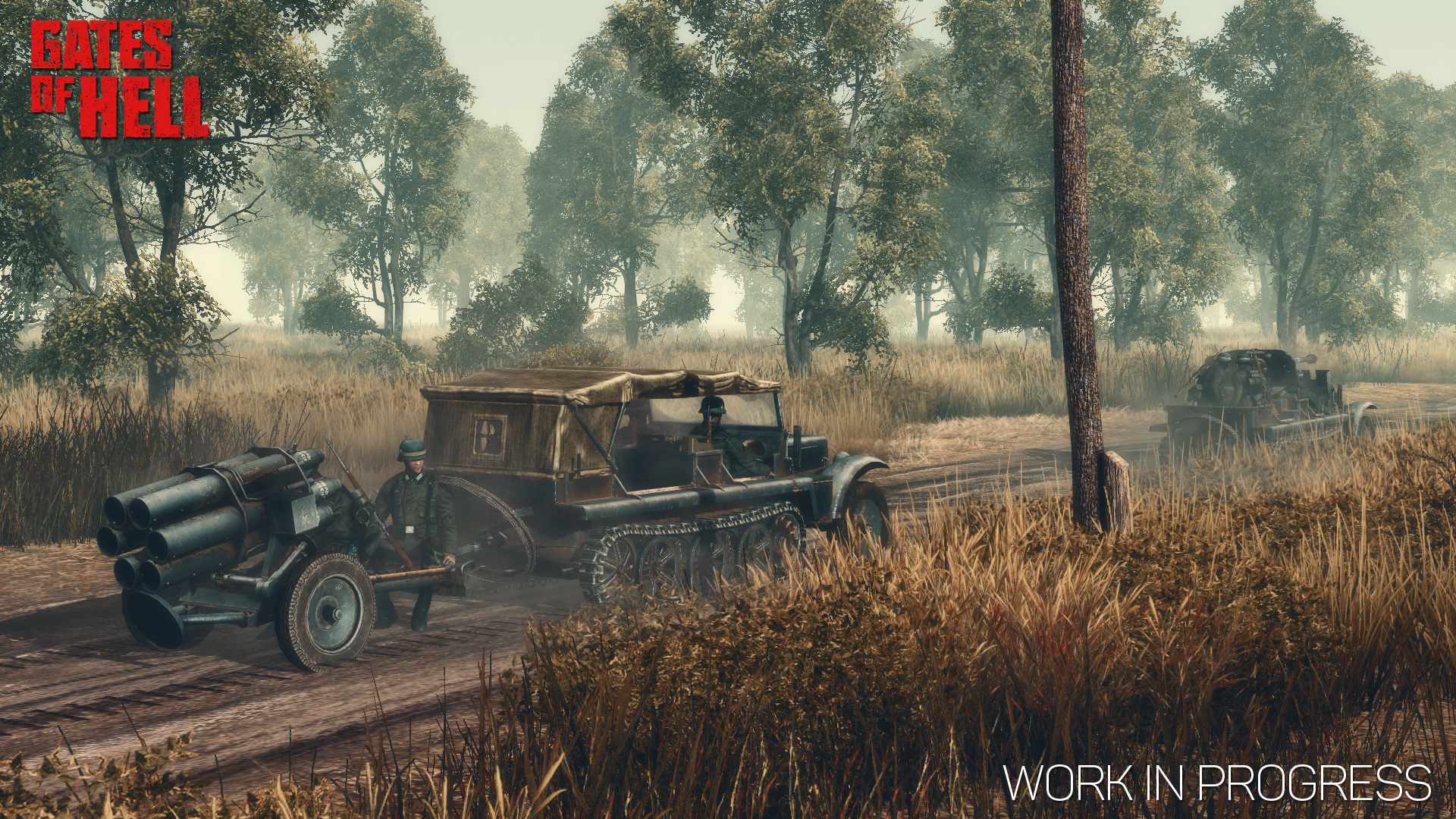 HD Link
HD Link Note: WiP alert! The flame effects and the animations are due to GIF limitations and do not represent the actual in- game effects.
Note: WiP alert! The flame effects and the animations are due to GIF limitations and do not represent the actual in- game effects.For historically correct game design purposes we researched how the rockets (Wurfgranate 41) were designed and manufactured.
Two features of this design are different compared to the soviet rocket equivalent - the Katyusha’s M-13. Having found that stabilization fins were no option, the rockets were designed with tilted nozzles that made the rocket spin as it travelled, offering gyroscopic stability, similar to the rifling in gun barrels. Another difference is that the explosive was at the back of the (31,8 Kg/ 70 Lb.) rocket, whereas Soviet rockets had the explosive load at the front.
The result was that the Nebelwerfer rocket was more accurate and had a more effective shockwave. However, the BM-13 fired way more rockets (16 vs. 6) per salvo.
I aim for the stars, but sometimes I hit London. ~ Wernher Von Braun.
One remark about development balance; what we see here is a German piece of artillery. But this rocket science series of blogs is not over yet! Our Studebaker-mounted Katyusha rocket systems are moving to texturing stage. We plan to have them suited up for the next rocket artillery update.
Having said that, you can see we are busy putting these rocket launchers in the game. So how can we be sure that will they work? By testing, of course.
It’s not rocket science! We are looking for testers who will test this equipment in- game.
We are gearing up for the beta and so we need testers.
Since we are a small studio, it would be very unwise to take hundreds of testers on board; we would simply be overwhelmed by the sheer amount of feedback.
We think the beta can be successful if we have a very strict selection of about 15 testers.
Probably the most important asset for a tester is the ability to explain issues to the devs, and our internal communications are always in English. We’re really sorry for those who come from many countries and who do not speak English, but we must prioritise efficiency at work.
Overall, this is what we look for in our beta testers:
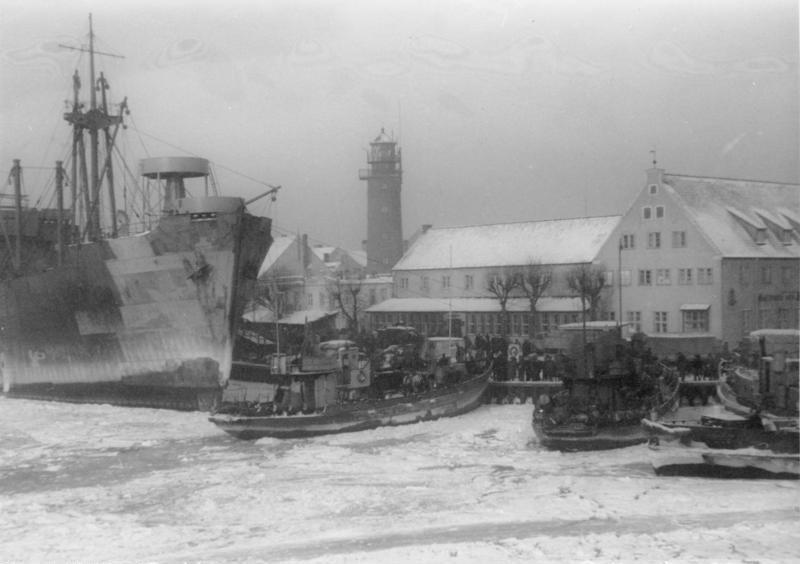 Civilians and soldiers line up to be evacuated in Pillau, 1945.
Civilians and soldiers line up to be evacuated in Pillau, 1945. Part of a German situation map, indicating Pillau had a “fortress command”
Part of a German situation map, indicating Pillau had a “fortress command”